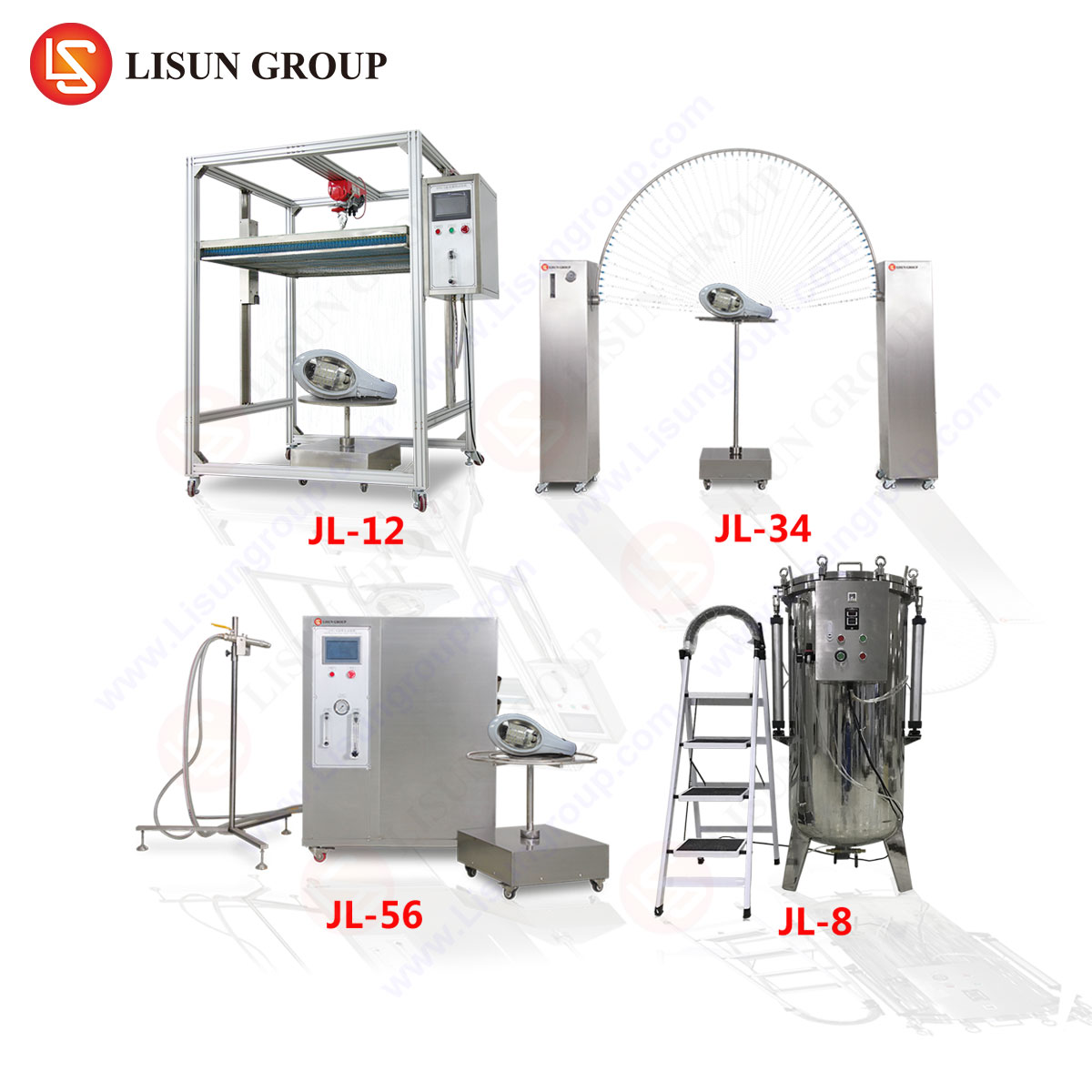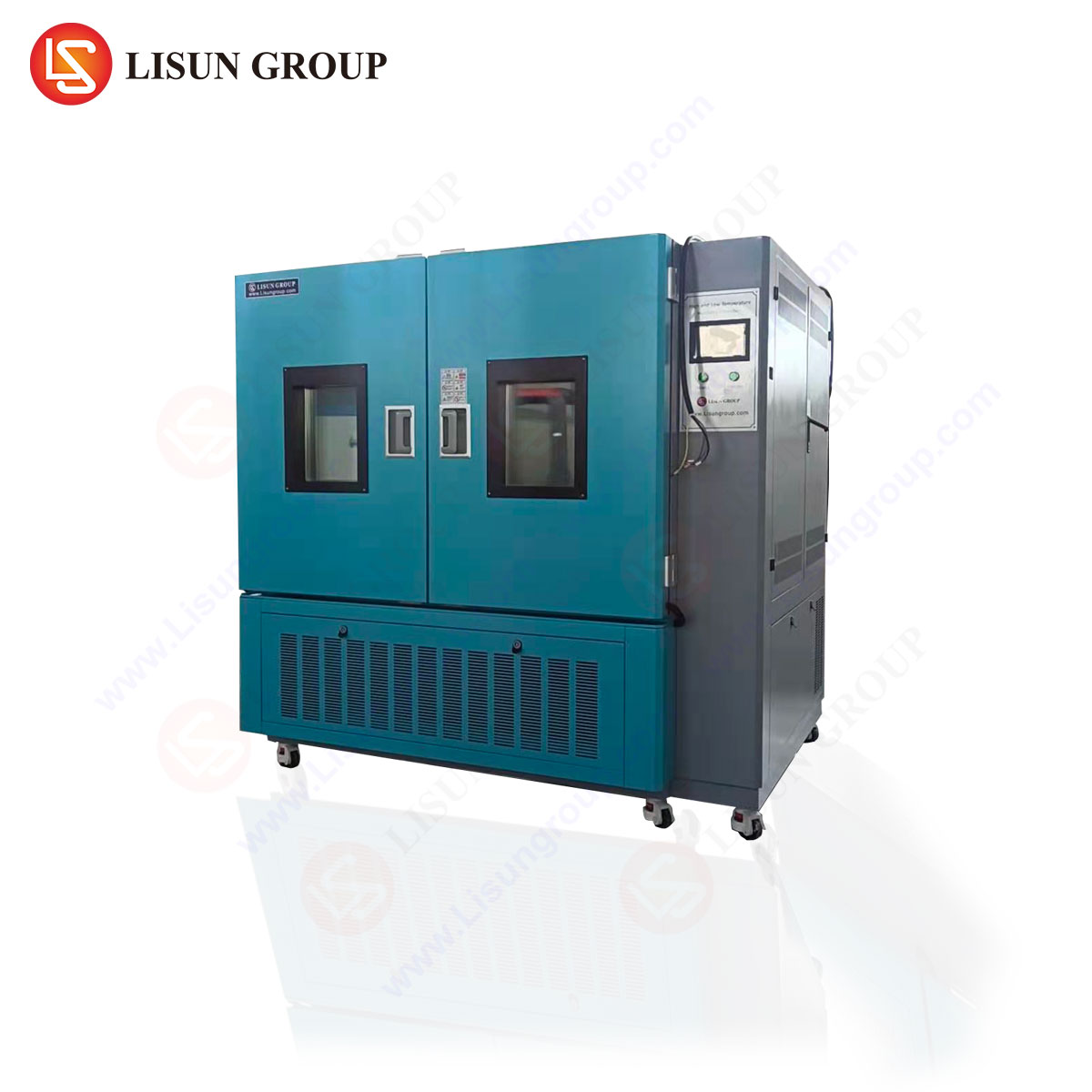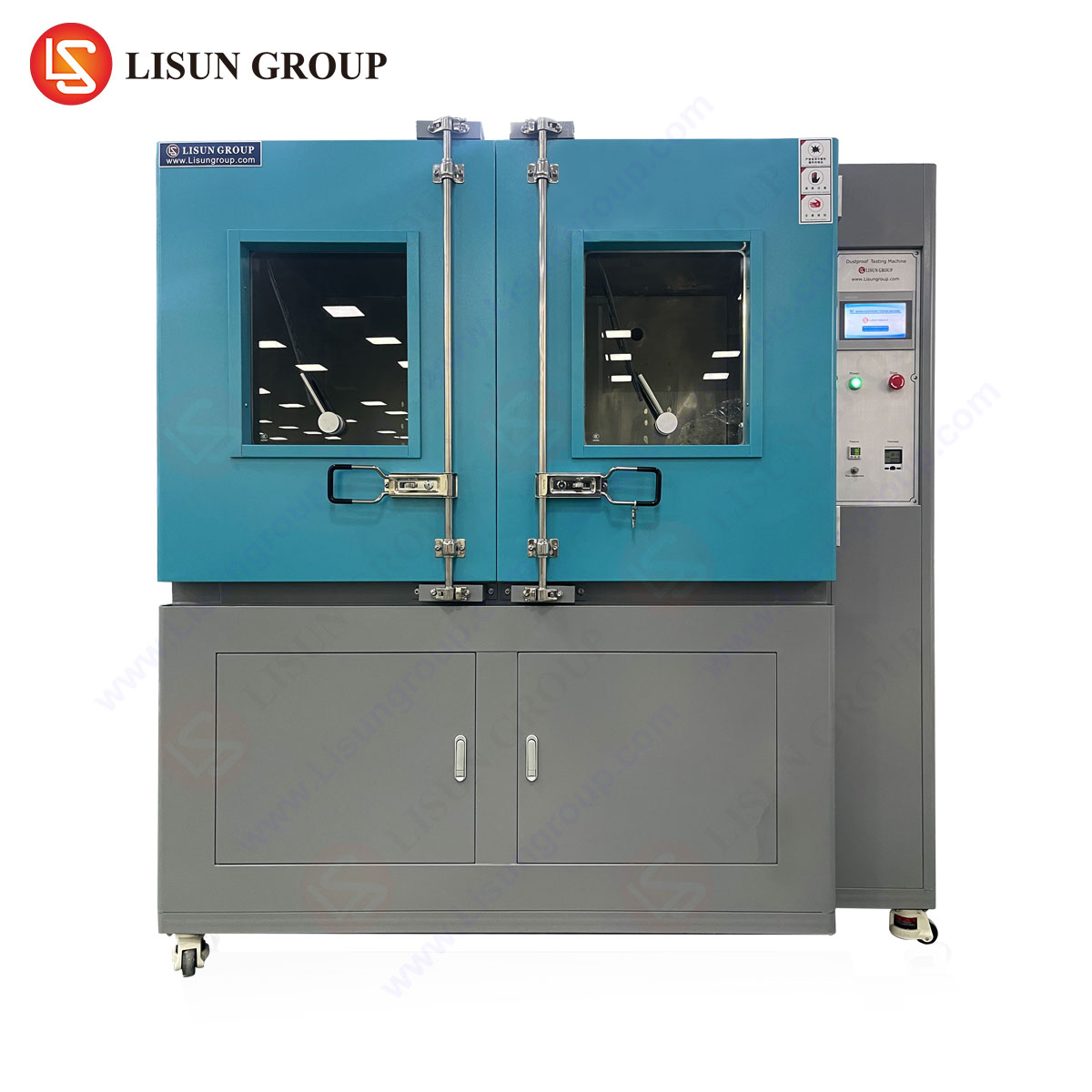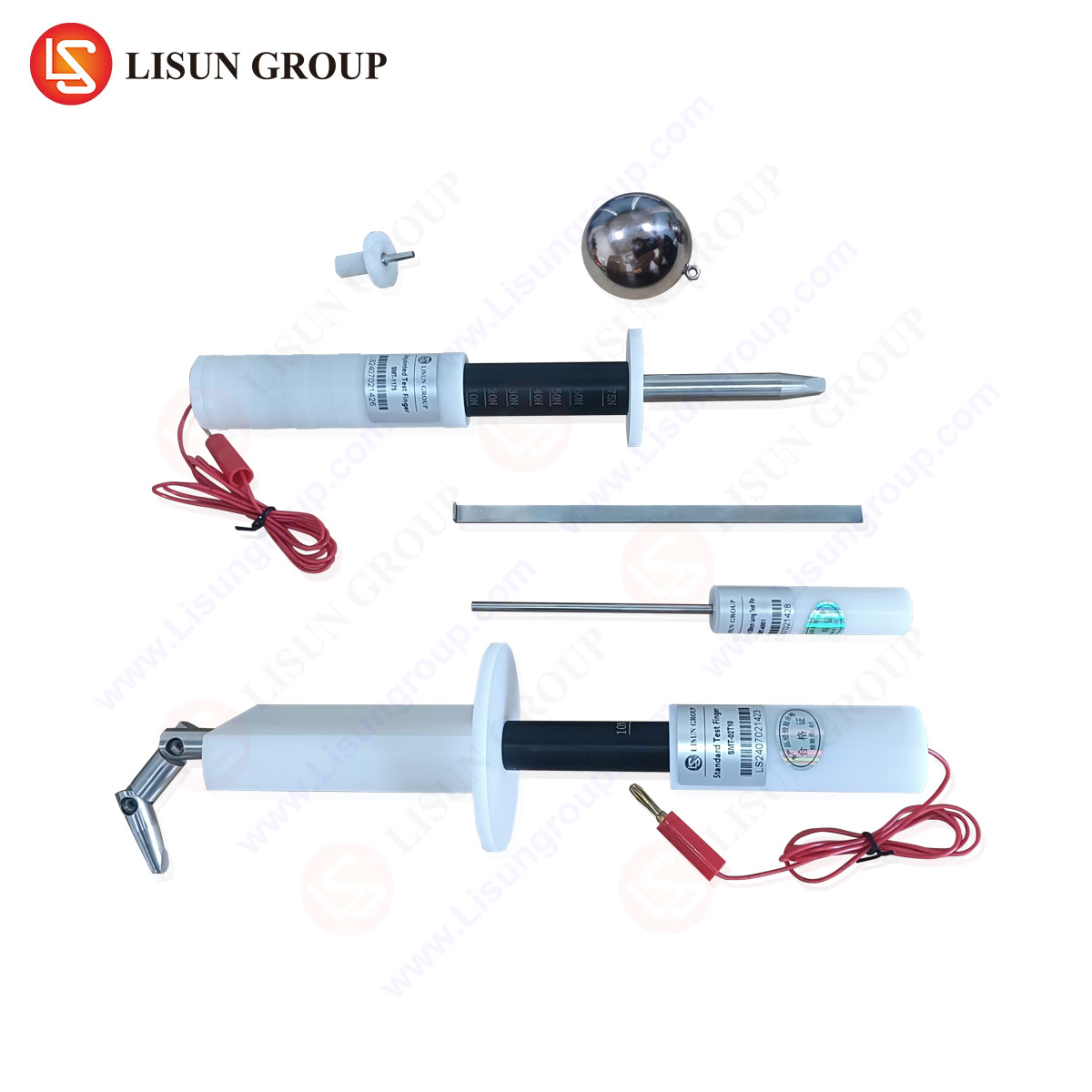Introduction to Needle Flame Testing in Material Safety Evaluation
The Needle Flame Test is a standardized flammability assessment designed to evaluate the ignition resistance of materials used in electrical and electronic equipment. This test simulates small ignition sources, such as electrical faults or overheated components, to determine whether a material sustains combustion or self-extinguishes. Regulatory bodies, including IEC 60695-11-5 and GB/T 5169.5, mandate this test for components in high-risk industries such as automotive electronics, medical devices, and aerospace systems.
The LISUN ZY-3 Needle Flame Test Equipment is a precision instrument engineered to meet these stringent requirements, offering controlled flame application, real-time monitoring, and compliance with international safety standards.
Technical Specifications of the LISUN ZY-3 Needle Flame Test Equipment
The LISUN ZY-3 is designed for repeatability and accuracy in flammability testing. Key specifications include:
- Flame Height Adjustment: 12 ± 2 mm, adjustable via precision gas flow control.
- Flame Application Time: Programmable from 0 to 999.9 seconds (±0.1s accuracy).
- Gas Supply: Butane (purity ≥95%), with pressure regulation at 0.1 MPa.
- Test Chamber Dimensions: 300 × 300 × 300 mm (W × D × H), constructed from flame-retardant steel.
- Temperature Monitoring: Integrated thermocouple for real-time flame temperature verification (1050°C ± 50°C).
- Compliance Standards: IEC 60695-11-5, GB/T 5169.5, ISO 9772.
The system features an automated ignition sequence and failsafe gas cutoff to ensure operator safety during prolonged testing.
Testing Methodology and Flame Application Principles
The Needle Flame Test subjects a material specimen to a controlled flame for a predetermined duration, typically 30 seconds. Post-ignition, the specimen is observed for:
- Afterflame Time: Duration of sustained combustion after flame removal.
- Afterglow Time: Persistent ember activity post-extinguishment.
- Flame Spread: Horizontal or vertical propagation beyond a defined threshold.
The LISUN ZY-3 employs a calibrated needle burner to ensure consistent flame geometry, while its digital timer records combustion behavior with millisecond precision. This eliminates variability inherent in manual flame application, a critical factor in certifying materials for aerospace components or high-voltage electrical enclosures.
Industry Applications: Ensuring Compliance Across Sectors
Electrical and Electronic Equipment
Printed circuit boards (PCBs), connectors, and insulating materials must resist ignition from internal arcing. The ZY-3 verifies compliance with IEC 62368-1, mitigating fire risks in data centers and telecom infrastructure.
Automotive Electronics
EV battery housings and wire harnesses undergo needle flame testing to meet ISO 20653 and LV 312-1 standards, ensuring flame resistance in crash scenarios.
Medical Devices
Polymer casings for MRI machines or infusion pumps are tested to prevent combustion in oxygen-rich environments, adhering to IEC 60601-1-11.
Lighting Fixtures
LED drivers and plastic diffusers are evaluated to UL 1993, ensuring they do not propagate flame in residential or industrial installations.
Competitive Advantages of the LISUN ZY-3 in Compliance Testing
-
Automated Flame Stability Control
Unlike manual systems, the ZY-3’s feedback loop adjusts gas flow dynamically, maintaining flame consistency despite ambient airflow disruptions. -
Multi-Standard Compatibility
Pre-configured test modes for IEC, GB, and ISO standards reduce setup time for laboratories servicing global markets. -
Enhanced Data Logging
Integrated software exports combustion metrics (afterflame, damage length) in .CSV format for audit trails, critical in aerospace certification. -
Durability in High-Throughput Labs
The stainless steel chamber resists corrosion from repeated testing, a necessity for industrial control system manufacturers conducting batch evaluations.
Case Study: Needle Flame Testing in Cable Insulation Validation
A leading automotive supplier utilized the ZY-3 to assess silicone-insulated high-voltage cables. Testing per ISO 6722 revealed that a competitor’s material exhibited afterflame exceeding 30 seconds, while the ZY-3’s data confirmed their proprietary formulation self-extinguished within 5 seconds. This differentiation secured compliance with Volkswagen LV 312-1, underscoring the equipment’s role in material qualification.
Regulatory Landscape and Future Developments
Upcoming revisions to IEC 60695-11-5 emphasize stricter flame application tolerances (±1mm height variance). The ZY-3’s design anticipates these changes, with firmware-upgradable parameters ensuring long-term relevance. Additionally, the rise of bio-based polymers in consumer electronics necessitates adaptable testing protocols, which the ZY-3 accommodates via customizable flame exposure profiles.
FAQ: Needle Flame Testing and the LISUN ZY-3
Q1: What is the minimum specimen size for testing with the ZY-3?
A: The standard requires specimens ≥60 × 60 mm, though the chamber accommodates larger assemblies (e.g., switch housings).
Q2: Does the ZY-3 support non-standard flame durations?
A: Yes, the programmable timer allows durations from 1 to 999.9 seconds for research or proprietary material evaluations.
Q3: How often must the burner nozzle be replaced?
A: Nozzle lifespan exceeds 5,000 tests under normal use, but inspection every 1,000 cycles is recommended per IEC 60695-11-5.
Q4: Can the ZY-3 test vertically oriented specimens?
A: Yes, the specimen holder adjusts for horizontal, vertical, or 45° orientations per GB/T 5169.5 Clause 8.3.
Q5: What safety features prevent gas leaks?
A: The system includes a solenoid valve that automatically shuts off gas flow if flame instability or excessive testing time is detected.







